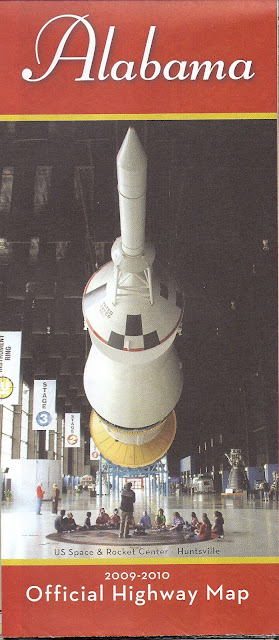The facility's web site offers some information about the Gardens' history and amenities:
"Since Aldridge Gardens opened in 2002, the 30-acre former property of well-known horticulturist Eddie Aldridge and his wife Kay has become a popular attraction in the greater Birmingham area. The young garden showcases hydrangeas, including the Snowflake Hydrangea, which was patented by Mr. Aldridge and is now the official flower of the City of Hoover.
Other features include an event venue and gallery in the couple's former home, an outdoor pavilion, a six-acre lake and a half-mile walking trail. The Gardens also host plant sales, art exhibits and shows, classes and seminars, bird walks, fishing days, concerts and more."
Admission to the Gardens is free. The trail is an easy walk and there are plenty of benches along the way. Also to be seen are several whimsical sculptures by Frank Fleming, which for some odd reason I did not photograph. Maybe next time.
Dianne mentioned that ironically the backdrop to all this natural beauty was the sound of traffic on the nearby Interstate highway.
Photos and a few comments below.
Dianne mentioned that ironically the backdrop to all this natural beauty was the sound of traffic on the nearby Interstate highway.
Photos and a few comments below.
The Gardens have lots of natural beauty that will only increase in coming weeks.
Here's an interesting sculpture you come across on the back side of the lake. Orr Park in Montevallo has more than 30 of these chain saw sculptures created by Tim Tingle since 1993. He only carves in dead or dying trees, and I suppose something similar was done to this cypress. I don't know if it's by Tim Tingle, though.
The park has a significant display honoring veterans.
Several mallard ducks entertained us while we were there. We'll have to bring food next time.



















































